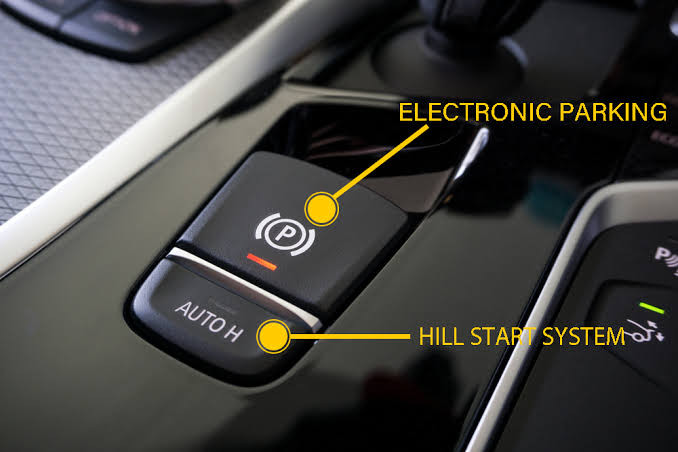In the ever-evolving field of automotive technology, innovation often arises from the pursuit of enhanced safety, efficiency, and convenience. The advent of electric parking brakes (EPBs) epitomizes this pursuit, offering a modern and sophisticated alternative to traditional mechanical handbrakes.
Electric Parking Brake: An Overview
An electric parking brake, often abbreviated as EPB, is an advanced braking system that utilizes electronic controls and motors to apply and release the parking brake. Unlike conventional handbrakes that employ cables, EPBs rely on a network of sensors, actuators, and an electronic control unit (ECU) to operate seamlessly.
Components of an Electric Parking Brake System
The core components of an EPB system include:
- Electronic Brake Module: The brain of the EPB system, responsible for processing commands and controlling the brake actuators.
- Actuator or Electric Motor: The muscle of the EPB system, responsible for generating the force to apply or release the parking brake.
- Electric Switch in Cabin: The user interface, allowing the driver to engage or disengage the parking brake with a simple switch.
- Wheel-Speed Sensor: Crucial for monitoring wheel rotation and preventing unintended brake application during vehicle movement.
- Force Sensor: Provides feedback on the applied braking force, ensuring consistent and controlled operation.
Working Principle of an Electric Parking Brake
The working principle of an EPB system is quite straightforward:
- Driver Activation: The driver presses the EPB switch in the cabin.
- Signal Transmission: The switch sends an electronic signal to the EPB module.
- Module Processing: The EPB module analyzes the signal and determines the desired brake action (apply or release).
- Actuator Control: The EPB module sends a command to the actuator or electric motor.
- Brake Operation: The actuator or electric motor applies or releases the parking brake pads, effectively immobilizing or releasing the wheels.
Types of Electric Parking Brakes
- Cable-Pull Systems: These systems utilize an electrically controlled motor to pull the conventional handbrake cable, operating the parking brake.
- Electric-Hydraulic Caliper Systems: These systems integrate with the vehicle's electronic stability program (ESP) to apply and release the parking brake using hydraulic pressure.
- Full Electric Drive-by-Wire Systems: These systems employ an electric motor and gearbox to directly apply pressure on the brake pads, offering complete electronic control.
Advantages of Electric Parking Brakes
- Enhanced Safety: EPBs provide quicker and more consistent brake application, improving vehicle stability and preventing unintentional movement.
- Improved Efficiency: EPBs can be integrated with other vehicle systems to optimize fuel consumption and reduce emissions.
- Increased Convenience: EPBs can be operated automatically or with minimal manual effort, enhancing driver comfort.
- Reduced Maintenance: EPBs eliminate the need for cable adjustments and manual inspection, reducing maintenance costs.
Disadvantages of Electric Parking Brakes
- Higher Initial Cost: EPBs generally have a higher initial cost compared to conventional handbrakes.
- Technical Complexity: EPBs require a higher level of technical expertise for installation and maintenance.
- Potential Failure Points: As with any electrical system, EPBs have components that could potentially fail, requiring specialized repair.
Conclusion
Electric parking brakes represent a significant advancement in automotive braking technology, offering enhanced safety, efficiency, and convenience. While their initial cost and technical complexity may be drawbacks, the benefits of EPBs outweigh these concerns for many modern vehicles. As EPB technology continues to evolve, its adoption is likely to expand further, revolutionizing the way we park our cars.

Comments (0)
Please login to join the discussion
Be the first to comment on this article!
Share your thoughts and start the discussion